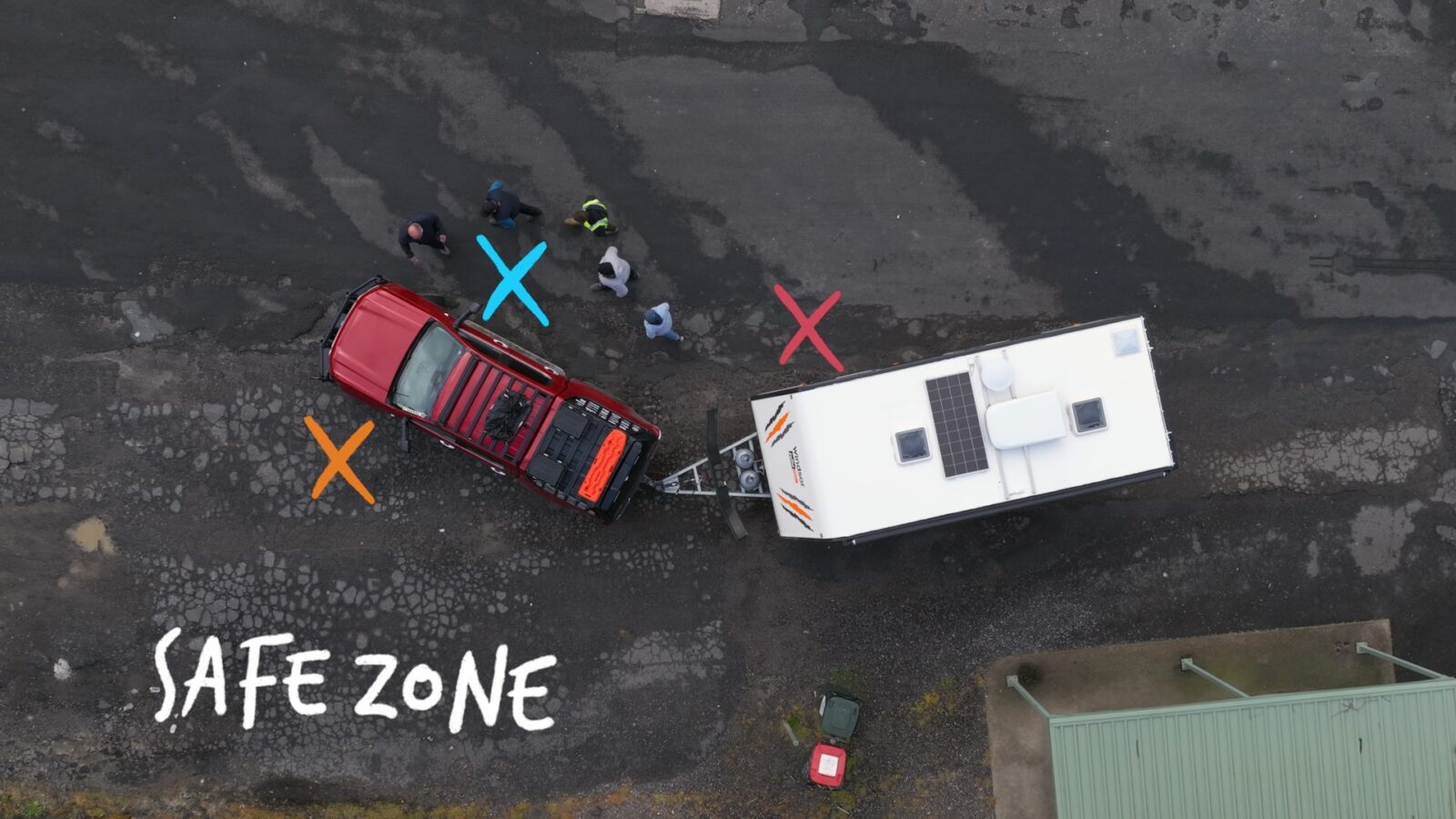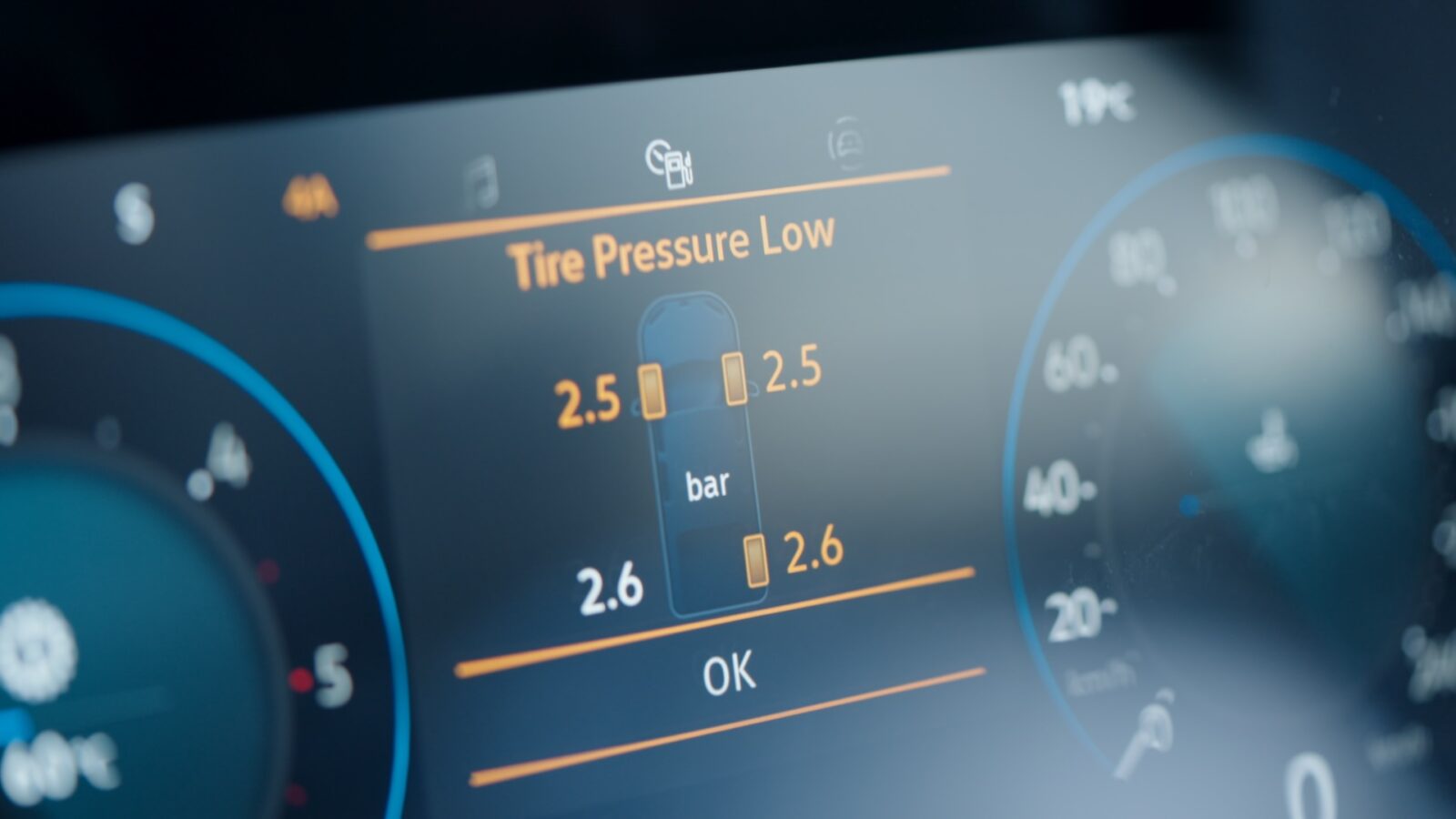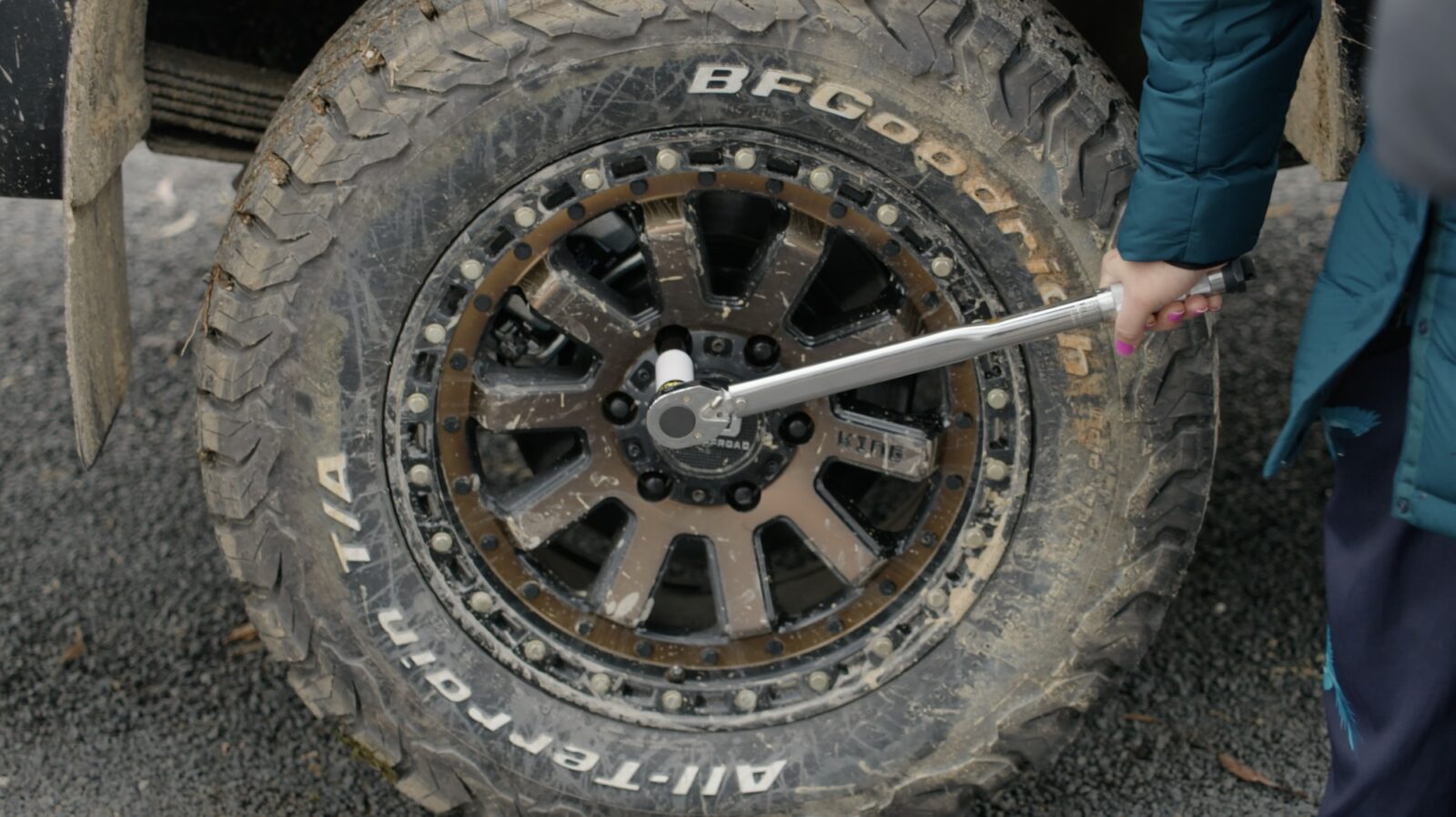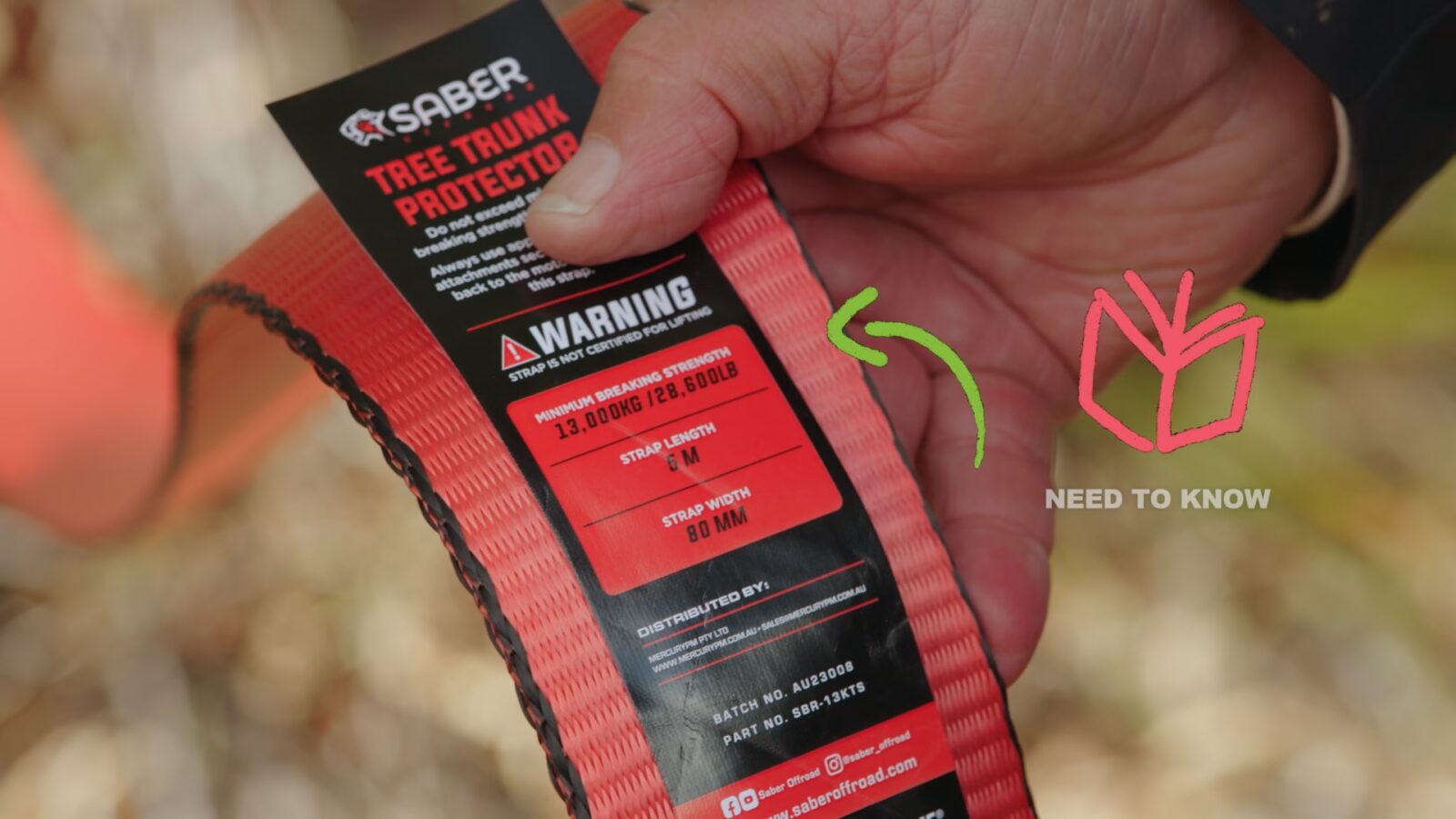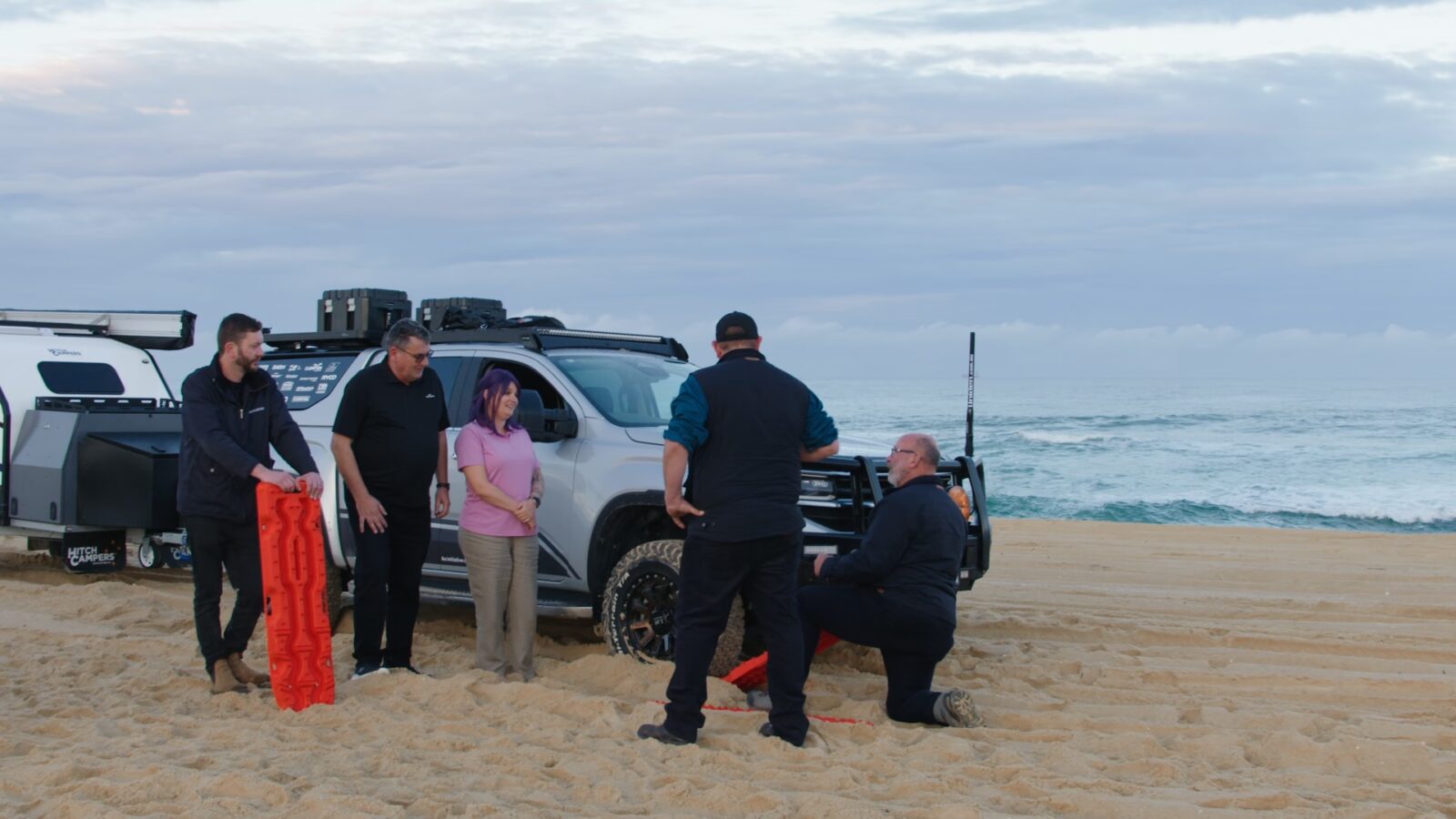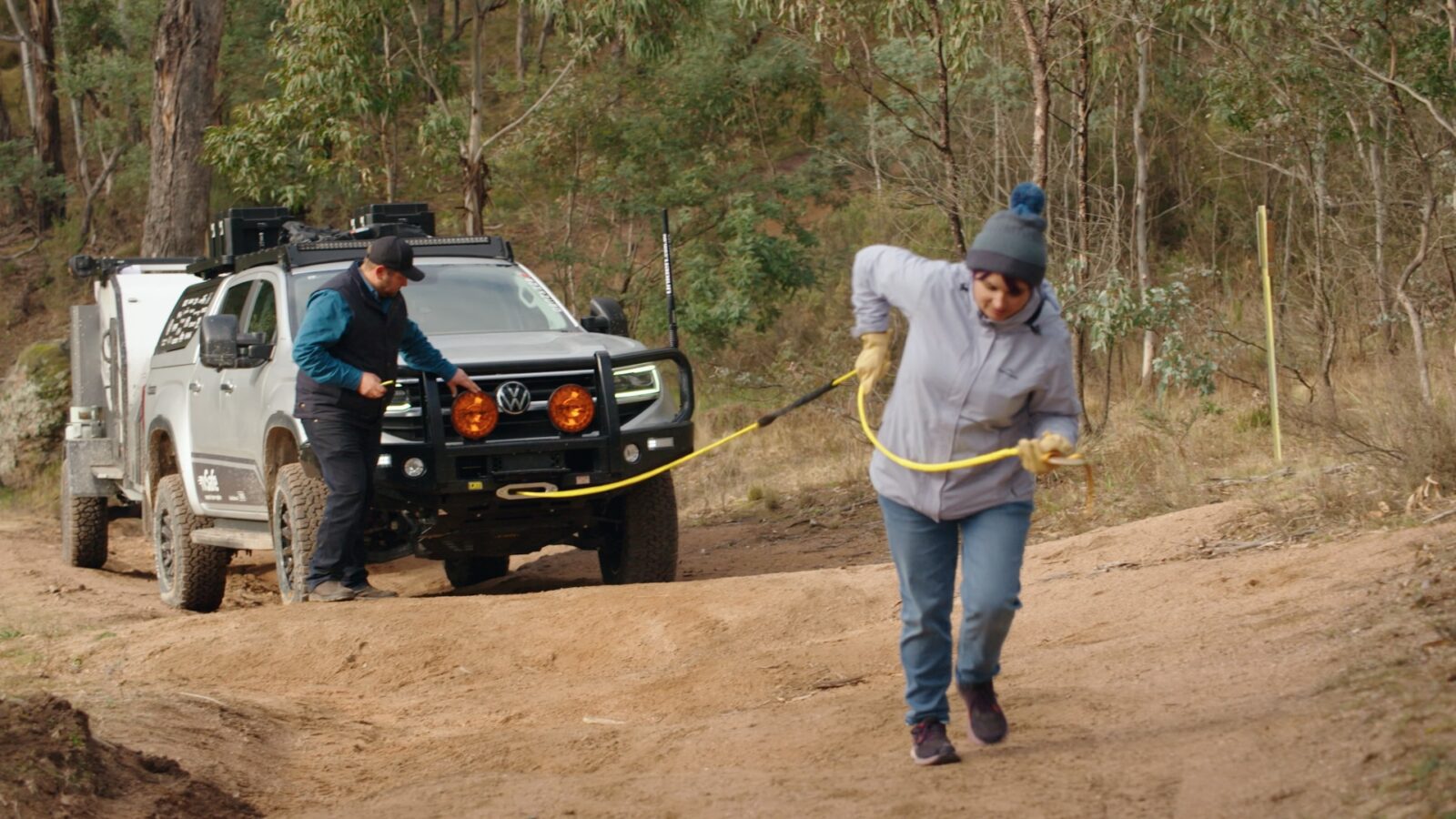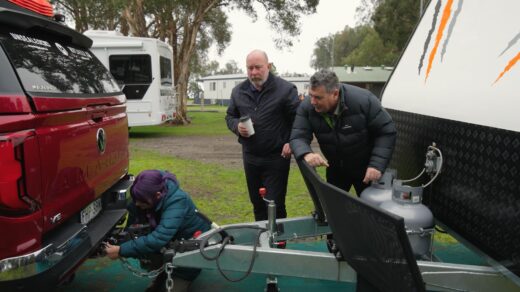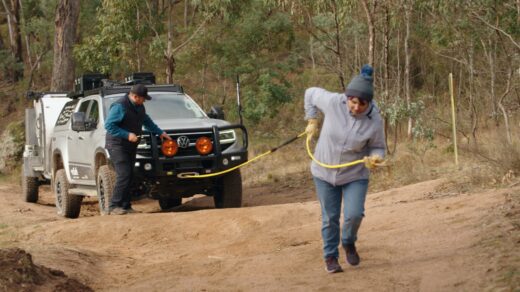In the latest episode of Are You RV Safe?, John and Borgy tackle the realities of RV and 4WD travel: breakdowns and recoveries. Whether it’s a mechanical failure, a flat tyre, or getting bogged in soft sand, being prepared is crucial. Here’s your comprehensive guide to the best practices for safe recoveries and efficient breakdown management on Australian roads.




